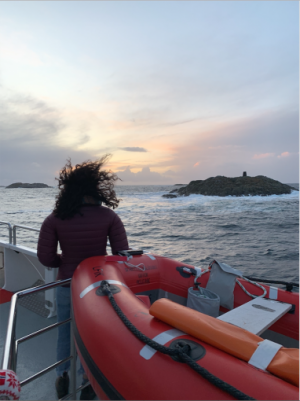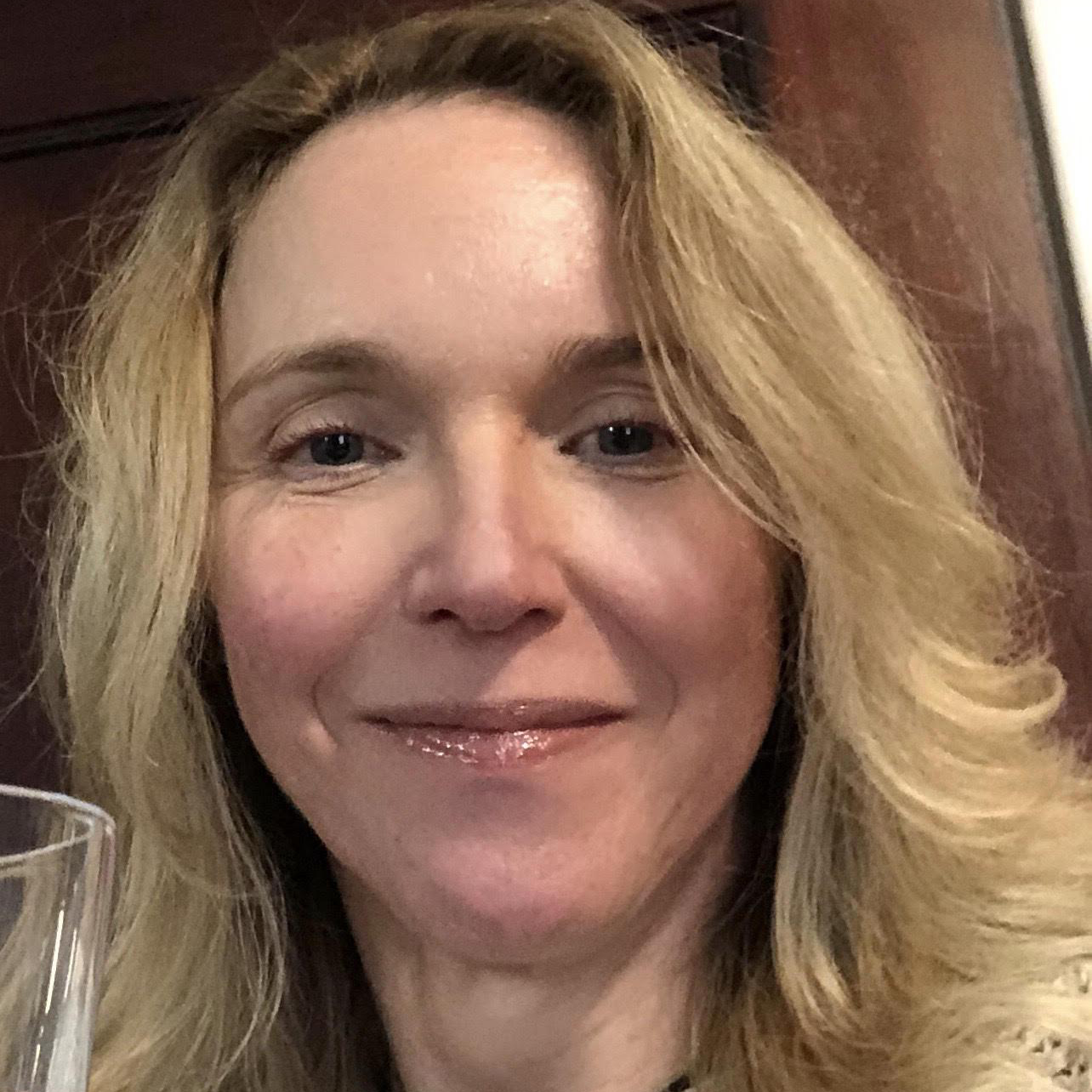Project Abstract
 Warming in the Arctic has occurred at more than twice the global average, with negative impacts on ecosystems, wildfires, infrastructure, and Indigenous livelihoods. At the same time, this "Arctic amplification" may yield potentially positive impacts on some Arctic industries, such as shipping. Estimates of sea-ice extent project an ice-free Arctic over the next century, but more near-term projections are uncertain, notably increasing the risk (and required return) of investments in shipping infrastructure. Despite this uncertainty and the attendant risks, early investments and policy planning are underway for a not-so-distant future in which a transpolar shipping route might be competitive with the Suez Canal. This transformation would have far-reaching effects on shipping costs, global and national competitiveness, the finances of multiple countries, and the deployment of commercial and military assets. Early adopters in Arctic shipping could conceivably bring this future closer: soot (black carbon) deposited on the ice from local ship traffic has been identified as a contributor to Arctic amplification, since the soot deposited on ice absorbs heat from the sun, accelerating ice melt. This feedback might accelerate the opening of sea lanes, but also increase the year-to-year shipping season variance, increasing uncertainty. As such, if financial analysts assume sea ice retreats in a predictably linear fashion, they likely underestimate the cost of variation in shipping season length, which may in turn affect investment behavior and risk-taking.
Warming in the Arctic has occurred at more than twice the global average, with negative impacts on ecosystems, wildfires, infrastructure, and Indigenous livelihoods. At the same time, this "Arctic amplification" may yield potentially positive impacts on some Arctic industries, such as shipping. Estimates of sea-ice extent project an ice-free Arctic over the next century, but more near-term projections are uncertain, notably increasing the risk (and required return) of investments in shipping infrastructure. Despite this uncertainty and the attendant risks, early investments and policy planning are underway for a not-so-distant future in which a transpolar shipping route might be competitive with the Suez Canal. This transformation would have far-reaching effects on shipping costs, global and national competitiveness, the finances of multiple countries, and the deployment of commercial and military assets. Early adopters in Arctic shipping could conceivably bring this future closer: soot (black carbon) deposited on the ice from local ship traffic has been identified as a contributor to Arctic amplification, since the soot deposited on ice absorbs heat from the sun, accelerating ice melt. This feedback might accelerate the opening of sea lanes, but also increase the year-to-year shipping season variance, increasing uncertainty. As such, if financial analysts assume sea ice retreats in a predictably linear fashion, they likely underestimate the cost of variation in shipping season length, which may in turn affect investment behavior and risk-taking.
This project asks how risk assessments of Arctic shipping under environmental and geopolitical change can incorporate the risk of amplification from black carbon deposition. To answer this question, the project seeks to understand the reciprocal relationships among ocean-atmosphere-ice dynamics, shipping accessibility, risk-finance-traffic dynamics, and black carbon emissions. Given that uncertainties in sea ice projections are to some extent irreducible, this necessitates a systems approach that can characterize uncertainties. Innovative model simulations of the dynamics of coupling between atmospheric processes, sea ice, and ocean heat transfer will constrain the role of local and global sources of black carbon. Grounded insights on risk management and perception will produce refined estimates of shipping volumes and associated black carbon emissions. The scientific output that will be produced will be disseminated to practitioners and policy-makers in the US and abroad. The project will additionally, train a new generation of interdisciplinary researchers and professionals by running a winter session class for students from the educational institutions involved in the project to help prepare a new generation for a rapidly-changing Arctic and world.
Logistics Summary
This study examines the feedbacks between sea-ice dynamics, shipping access, risk management, and black carbon (BC) emissions. The four main goals are: (1) to determine whether BC emissions from shipping contributes a positive feedback affecting the rate of retreat of Arctic sea ice; (2) to price the interannual variability in shipping access to ascertain whether it affects the financial risk and expected value of Arctic shipping and investments; (3) to evaluate whether appropriate regulation of BC emissions will affect the near-term profitability of Arctic shipping routes; and (4) to test whether planners' expectations of Arctic shipping viability are conditioned by time scales that are influenced by BC–sea-ice feedbacks. In January 2019, a field team of three conducted scoping interviews with shipping investors and operators in Oslo, Bodø, Longyearbyen (Norway) and Helsinki (Finland) to determine parameters under which financial risk was incorporated into decisions regarding Arctic shipping investments. The interviews in Helsinki were conducted as part of our attendance at the Arctic Shipping Forum. These interviews were also used to develop the baseline BC scenario. In January 2020, a field team of three will bring 12 students from Brown University and Babson College to a winter session class on Arctic natural-human systems. In January 2021, a field team of three will return to Norway to conduct Q-surveys and present preliminary project results. A subcontract was awarded as part of this grant to the former PI to retain project leadership functions and lead the work performed by the Norland Research Institute.
Season Field Site
2019 Finland - Helsinki
2019 Norway - Bodo
2019 Norway - Longyearbyen
2019 Norway - Oslo
2020 Norway - Bodo
2021 Norway - Bodo
2021 Norway - Longyearbyen
2021 Norway - Oslo
Keywords
shipping, risk management, climate simulation and analysis
Project Location
Website
PI WebsiteDates
-Location
Oslo, Norway; Svalbard, Norway; Bodø, NorwayMembers
Principal Investigator

Collaborator

Collaborator

Collaborator

Collaborator

Collaborator

Collaborator

